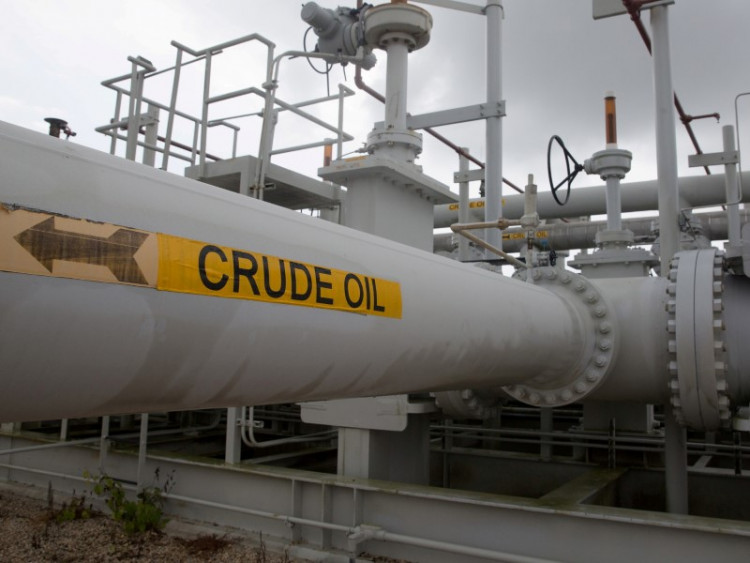The surging oil prices could intensify inflationary pressures in European and American countries, leading to market speculations that Western central banks might maintain higher interest rates for an extended period.
On Tuesday, September 12, OPEC's latest monthly report projected a global oil market shortage exceeding 3 million barrels per day in the fourth quarter, potentially marking the largest deficit in over a decade.
A day later, the IEA's monthly report stated that Saudi Arabia's oil production cuts could exacerbate oil price fluctuations. By the second half of 2023, the global oil market could face a supply gap of 1.2 million barrels per day. Although this estimate is lower than last month's due to revised demand projections, it still poses risks to consumers.
After enduring six months of depressed oil prices, factors such as OPEC+ production cuts have tightened the oil supply-demand balance. Global oil prices have rebounded significantly since July. Since that month, the international benchmark Brent crude has risen from $75 to $92.5, marking an increase of about 23% and reaching a high not seen since last November. As a vital fuel for the global economy, diesel prices in the New York harbor have soared by over 30%.
The Fed's Ongoing "Inflation Battle"
More importantly, significant oil price fluctuations could force Western countries to maintain higher interest rates for a more extended period.
Tonight, U.S. CPI might be the first to feel the storm due to oil prices. Analysts widely believe that the sharp rebound in energy prices will cause the overall CPI monthly growth rate for August to accelerate from last month's 0.2% to 0.6%, marking the largest increase in over a year, with a year-on-year rise of 3.6%.
Analysts suggest that there's a high correlation between energy food prices and the average consumer's perception of living costs in the current economy. If the rebound in oil prices leads to a resurgence in inflation expectations, the Federal Reserve might continue to raise interest rates.
In the 1970s, U.S. consumers struggled to determine whether the rise in oil prices was temporary or permanent. Their concerns about future price hikes led to reduced spending, demands for wage increases to offset rising living costs, and a persistent "wage-inflation" spiral.
The Federal Reserve might become increasingly wary of a rebound in inflation expectations, implying that monetary policy might remain tight for a longer duration.
How Should the European Central Bank Respond?
This Thursday's decision on whether the European Central Bank (ECB) will raise interest rates is perhaps the most anticipated since the start of its tightening cycle over a year ago. The rebound in oil prices, leading to a resurgence in energy inflation, might further cloud the ECB's interest rate outlook.
Analysts predict that the ECB might opt for a "hawkish" pause in rate hikes, meaning no increase but a clear intention to resume tightening if inflationary pressures intensify.
Some ECB members have called for a halt to aggressive rate hikes, while others have expressed willingness to accept a mild recession if necessary to bring the inflation rate back to the 2% level.
Klaas Knot, a member of the ECB's Governing Council, suggested last week that investors might be underestimating the likelihood of a tenth consecutive rate hike.
Tightening monetary policy might have a more significant impact on economic activity than anticipated. However, it could also lead to a faster decline in inflation, accelerating the recovery of real income.






